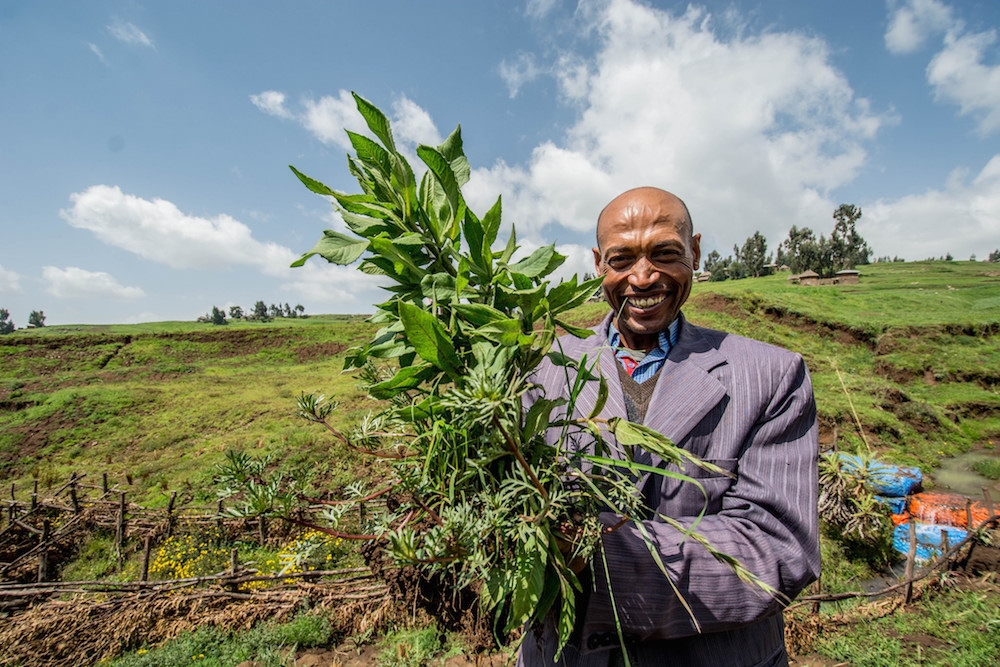The Soil Organic Carbon App is an online tool that can help users calculate soil’s capacity for sequestering, or containing, organic carbon.

Binding organic carbon in soils is increasingly considered to have significant potential for mitigating climate change: a recently launched initiative has set out to foster a 0.4% carbon sequestration rate per year, which is the amount required to offset carbon emissions and effectively mitigate climate change. Organic carbon sequestration can be fostered through land restoration practices, such as no-till agriculture or improving foraging practices in degraded areas.
The Soil Organic Carbon App calculates a soil profile’s amount of sequestered organic carbon (t/ha), based on soil organic carbon concentration (g/kg), as well as the quantitative impact of soil conservation practices on sequestration over time and at different scales. Therefore, investors and other decision makers can use the app to assess to which degree planned efforts to restore degraded land will bind organic carbon in soil and mitigate climate change.
The tool is open access and available for use by governments, non-government organizations, researchers, communities, and others. It was developed by researchers from the International Center for Tropical Agriculture (CIAT), with support from the CGIAR Research Program on Water, Land and Ecosystems (WLE) and Deutsche Gesellschaft für Internationale Zusammenarbeit (GIZ).
Go to the Soil Organic Carbon App















